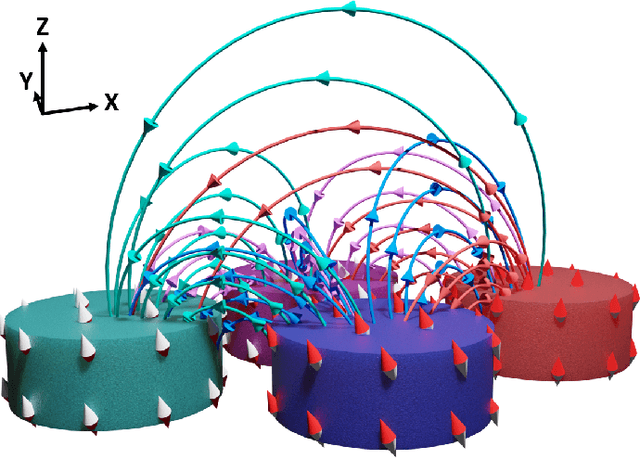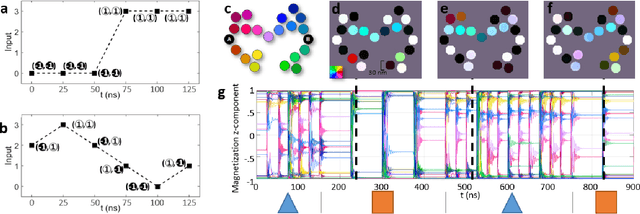Frustrated Arrays of Nanomagnets for Efficient Reservoir Computing
Paper and Code
Mar 16, 2021



We simulated our nanomagnet reservoir computer (NMRC) design on benchmark tasks, demonstrating NMRC's high memory content and expressibility. In support of the feasibility of this method, we fabricated a frustrated nanomagnet reservoir layer. Using this structure, we describe a low-power, low-area system with an area-energy-delay product $10^7$ lower than conventional RC systems, that is therefore promising for size, weight, and power (SWaP) constrained applications.
 Add to Chrome
Add to Chrome Add to Firefox
Add to Firefox Add to Edge
Add to Edge